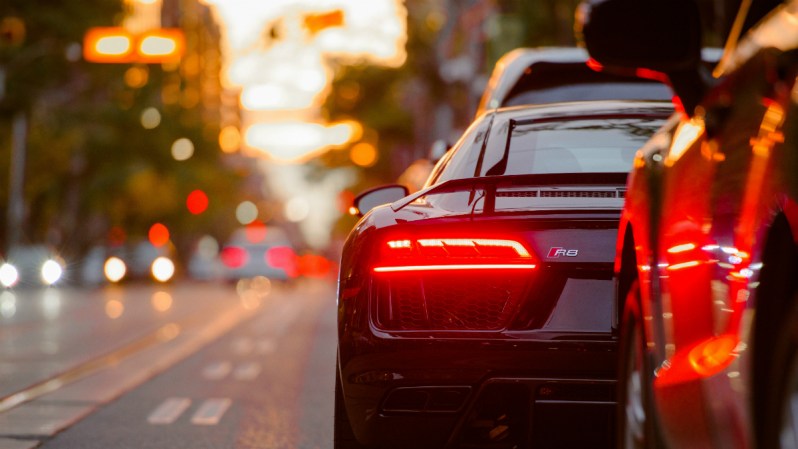
If you’re a millennial of a certain age, you remember a joke that got traded around parties, usually right after someone mentioned how bad traffic was:
“Hey, it’s 2003. Aren’t our cars supposed to be driving themselves by now?”
Whoever started that joke has got to be super frustrated by now. While autonomous vehicle technology is purportedly alive and well in 2018, most of us have only seen self-driving cars on YouTube. Speaking of which, doesn’t it seem as though the noise around self-driving cars has died down a lot?
In fact, it has. Or at least, consumers aren’t paying quite as much attention as they used to. Some of that is just the times we live in — there are a lot more news stories demanding a lot more of our attention. But it’s also the result of waning enthusiasm for the prospect of driverless cars. According to a survey just released by online automotive superstore CARiD, while Silicon Valley executives and technology experts are quick to tout the rapid advancements of self-driving vehicles, the general public may not be ready to embrace this technology anytime soon.
So does that mean we have to wait even longer for the future to arrive? To answer that, we spoke with CARiD’s product training director Richard Reina, an auto expert with over 30 years of experience who has been closely following the self-driving car trend since its inception.
CARiD’s survey starts off with a bang, showing the popular confusion around what “autonomous vehicle” actually means. Out of over 1000 participants, 52 percent of CARiD’s survey respondents incorrectly identified autonomous vehicles as having some level of human control involved. Strictly defined, though, autonomous driving means that once the vehicle starts, your only role is to keep your hands and feet inside the car at all times.
Reina says this is symptomatic of the marked hesitation from the public to embrace this technology. This catches the automotive industry in a quandary about how to market self-driving cars. On one hand, positioning
In other words, we can blame Jack Kerouac for all this.
In the early days of self-driving car technology, the big selling point we all heard was that these vehicles would be safer. And indeed, over half the participants said they expected that autonomous vehicles would greatly reduce collisions and injuries. Nevertheless, few survey participants responded that they would feel safe in a self-driving car — most people said they would rather drive themselves.
Reina chalks this up to the average driver’s general distrust of others on the road. He also acknowledges that past news around self-driving cars seemed to be dominated by the safety failures of these vehicles.
Proving safety, Reina says, is a sticky issue. The only way to demonstrate the superior safety of self-driving cars is to get more of them on the road.
“There are some companies running self-driving fleets who have bragged about their safety records without being too specific. [But] we won’t be able to know the impact these driverless fleets have on safety until we have more time to test and compare collision statistics.”
Until then, rest assured that you’re a good driver — it’s other drivers that are the problem.
As for when the self-driving revolution will ultimately take place, Reina is cautious in his predictions. It all comes down, he says, to helping the consumer envision a world in which autonomous transportation is normal.
“As more autonomous aids are introduced into general commerce, the public should slowly become more accustomed to these features to the point where they may demand them Some thinkers are predicting vehicles that can ‘switch’ between driver-operated and fully autonomous; some are predicting ‘urban zones’ with full autonomy, and ‘rural zones’ with driver-operated cars. It may be a mix of all this, gradually introduced.”
Okay, but how long?
“I believe the more ambitious predictions of 5 to 10 years are probably not accurate at this time. My best guess is that it will take at least a full generation, so more realistically, 20 to 25 years.”
In other words, while we may not get to cruise to work hands-free and still get to keep our driving loafers, we should be off the hook from teaching our kids how to drive.
Here’s to the future.
Editors' Recommendations
- Mercedes Benz was just granted approval for turquoise headlights on self-driving cars – here’s why
- Watch: Simulations of cars crashing at different speeds show when things get deadly
- 9 of the Coolest Car Related Things at CES 2022
- What It’s Like to Drive the 755-Horsepower Corvette ZR1 on a Racetrack When You’re Not a Racecar Driver


